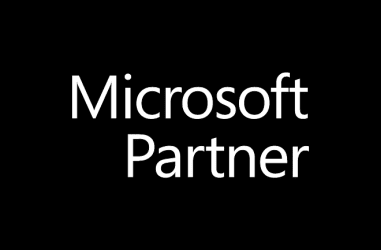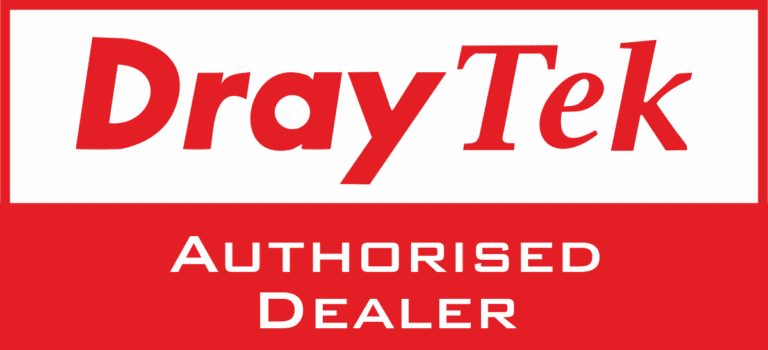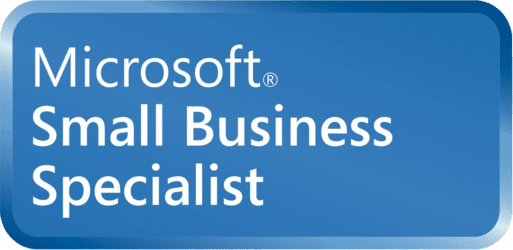The difference between custom software versus off the shelf software

Off-the-shelf software
Software for the mass market – also known as ‘off-the-shelf’ software – is what most people are used to, things like the Facebook app on your phone, or Microsoft Word on your work computer.
These programs have had millions of pounds of budget plowed into them and are designed to do one thing very well for as many people as possible.
The millions of pounds spent is justifiable because, when you spread that among the number of potential users of the software, the cost per individual user becomes very low.
In the case of the Microsoft Office suite of applications, Microsoft can sell the standard package to business for a few hundred pounds per user – not a lot of money for the functionality you get.
In the case of Facebook, with their billions of users, their market is so huge that they can afford to give the product away, despite spending a lot of money developing it – they make their money instead from sponsored posts, and other advertising on the platform.
Custom software
Custom software is not necessarily designed for the mass market. It’s software designed for a very specific purpose, typically hand crafted to create the functionality needed, by a software developer or development team.
People often compare the cost of custom software to mass market software, and perceive as a result that custom software is very expensive. Custom software actually costs less to make usually than mass market software – but because the target market is much, much smaller, the cost per user can be many times more.
So, custom software versus off the shelf software as regards cost isn’t really the right question you should be asking – instead, determine whether what you want to achieve can be done well enough by an off-the-shelf solution. If not, then custom software development may be a better choice for you.







































